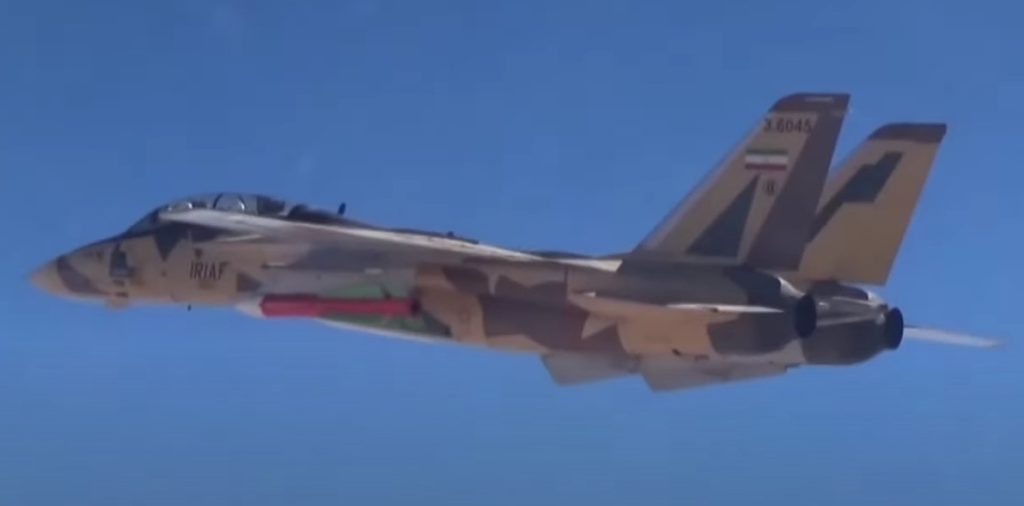Iran has impressively maintained its aging fleet of F-14s for over four decades.
Others are reading now
In the 1970s, Iran, then a key ally of the United States, purchased 80 F-14 Tomcat fighter jets from the U.S., receiving 79 units before relations soured following the Islamic Revolution.
Maintained Aging Fleet
After being cut off from U.S. parts and services, Iran has impressively maintained its aging fleet of F-14s for over four decades.
Today, estimates suggest that only 12 to 24 of these jets are still operational, but Iran has kept them in service through self-reliant upgrades and by developing indigenous weapons, most notably the Fakour-90 missile, according to WP.
The F-14’s original power came from its ability to fire the AIM-54 Phoenix missile, a long-range, radar-guided weapon capable of hitting targets up to 180 km (112 miles) away at speeds of Mach 5 (6,000 km/h or 3,700 mph).
Also read
However, Iran’s stockpile of Phoenix missiles has been depleted, leading to the creation of the Fakour-90, an Iranian alternative designed to extend the Tomcat’s combat effectiveness.
Combines Elements From US-Designs
Iran officially unveiled the Fakour-90 in 2017, claiming a range of 150 km (93 miles) and a top speed matching the Phoenix’s Mach 5.
Although it is described as a copy of the AIM-54, reports suggest it could be a hybrid, combining elements of the Phoenix and the U.S.-designed MIM-23 Hawk surface-to-air missile, which Iran can independently manufacture.
While detailed technical information on the Fakour-90 remains scarce, its deployment on Iran’s F-14s represents a potential threat, particularly to Israel’s air force. This missile offers Iran a strategic advantage, ensuring its Tomcat fighters remain a significant challenge in the region’s volatile airspace.


